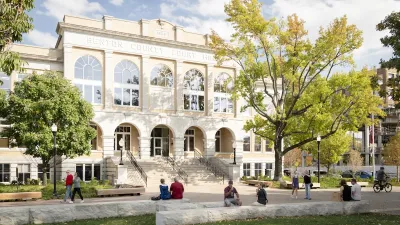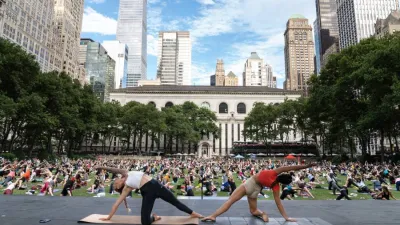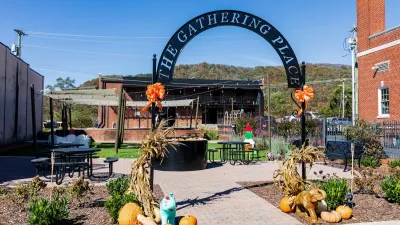The new American Dream will transform cities and towns in the 21st Century. To understand it, we have to grasp a few features of the previous American Dream.

The new American Dream will transform cities and towns in the 21st Century. To understand it, we have to grasp a few features of the previous American Dream, which created the metropolitan regions that we know today. That Dream is still operative — although it has faded a bit since the 2008 housing crash. A Pew study shows the country now evenly split between two visions of the good life.
There were many good parts to the 20th Century American Dream. It provided shelter for three generations of Americans. It delivered a house, a yard, and a car (later two or three cars) to most households. It also tended to separate society by income, reduce community connections through sprawl, and increase automobile and road costs.
The top tier of that American Dream was the McMansion. The front of the McMansion has what is called “curb appeal,” an effect not unlike what the peacock achieves with its feathers. The multiple gables, the big, little-used front lawn, the porch too shallow to sit in — all have little practical function.
Those are status symbols — as is the big, expensive car. You can’t walk anywhere from the McMansion. There’s nowhere to walk to. For the children who grew up in these areas, the shopping mall was the town square.
FULL STORY: Why 'place' is the new American dream

Study: Maui’s Plan to Convert Vacation Rentals to Long-Term Housing Could Cause Nearly $1 Billion Economic Loss
The plan would reduce visitor accommodation by 25,% resulting in 1,900 jobs lost.
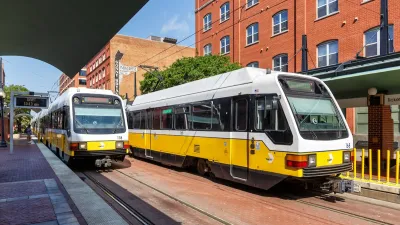
North Texas Transit Leaders Tout Benefits of TOD for Growing Region
At a summit focused on transit-oriented development, policymakers discussed how North Texas’ expanded light rail system can serve as a tool for economic growth.

Why Should We Subsidize Public Transportation?
Many public transit agencies face financial stress due to rising costs, declining fare revenue, and declining subsidies. Transit advocates must provide a strong business case for increasing public transit funding.
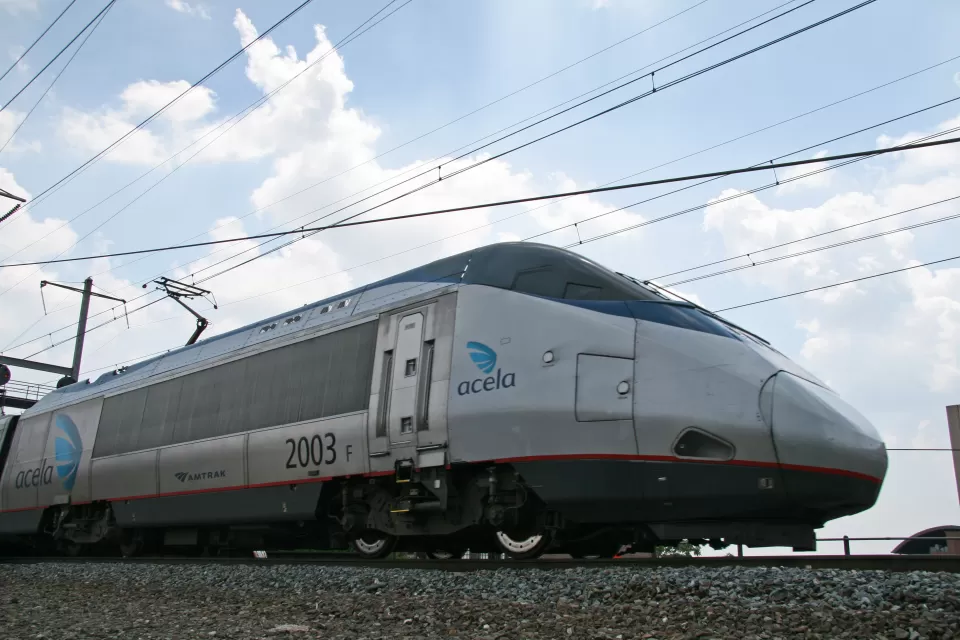
How to Make US Trains Faster
Changes to boarding platforms and a switch to electric trains could improve U.S. passenger rail service without the added cost of high-speed rail.

Columbia’s Revitalized ‘Loop’ Is a Hub for Local Entrepreneurs
A focus on small businesses is helping a commercial corridor in Columbia, Missouri thrive.

Invasive Insect Threatens Minnesota’s Ash Forests
The Emerald Ash Borer is a rapidly spreading invasive pest threatening Minnesota’s ash trees, and homeowners are encouraged to plant diverse replacement species, avoid moving ash firewood, and monitor for signs of infestation.
Urban Design for Planners 1: Software Tools
This six-course series explores essential urban design concepts using open source software and equips planners with the tools they need to participate fully in the urban design process.
Planning for Universal Design
Learn the tools for implementing Universal Design in planning regulations.
City of Santa Clarita
Ascent Environmental
Institute for Housing and Urban Development Studies (IHS)
City of Grandview
Harvard GSD Executive Education
Toledo-Lucas County Plan Commissions
Salt Lake City
NYU Wagner Graduate School of Public Service


























